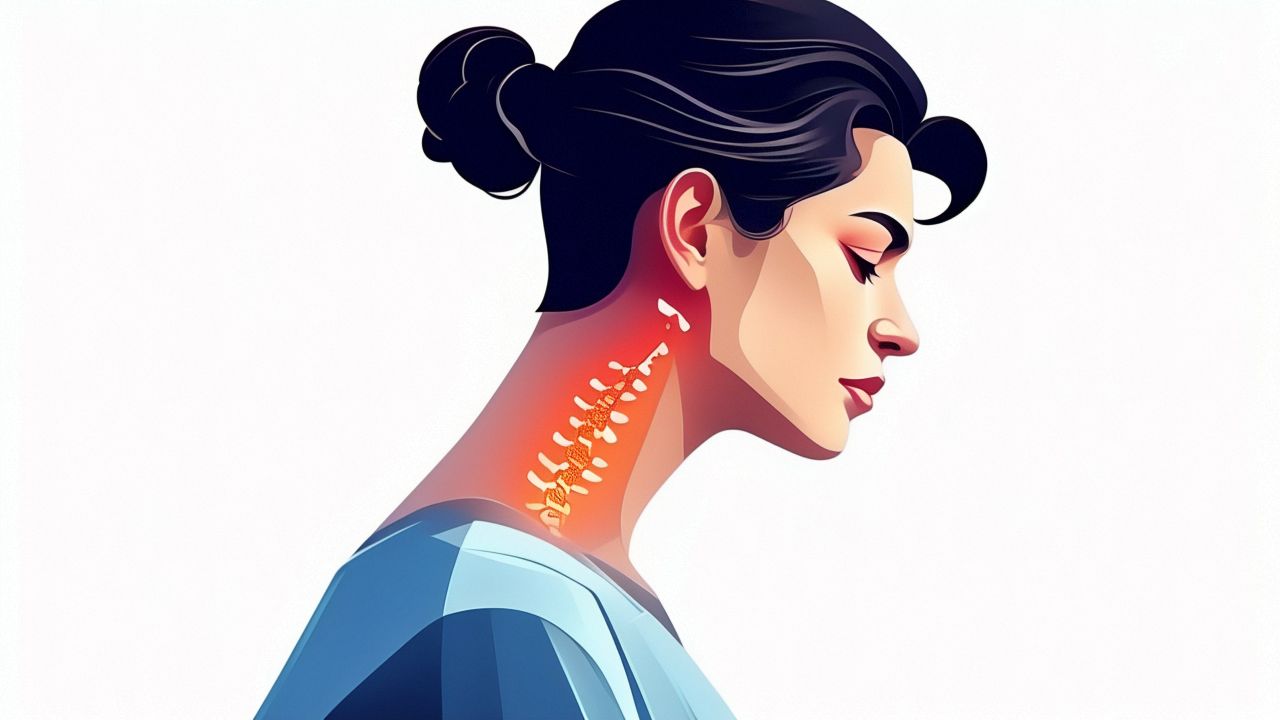Somogyi effect and dawn phenomenon in diabetes
Diabetes somogyi effect
The somogyi effect, also known as the hypoglycemia-induced hyperglycemia response, refers to the phenomenon of secondary hyperglycemia occurring after a hypoglycemic reaction during diabetes treatment. The main cause is the imbalance of the two major factors regulating blood sugar in the human body. When blood sugar decreases, the factors increasing blood sugar increase, such as sympathetic nerve excitement, increased catecholamine hormone secretion, increased glucagon secretion, and increased growth hormone and cortisol secretion. These factors regulate excessively in the process of regulating blood sugar balance, leading to renewed imbalance and a significant increase in blood sugar levels.

The somogyi effect is a common phenomenon in diabetes patients, easily confusing the condition. Both patients and doctors should pay attention to it. Generally, doctors pay great attention to high blood sugar and increased urine sugar, and adjust the drug dosage according to blood sugar and urine sugar levels. It is important to distinguish between the Somogy response and hyperglycemia. Patients should also pay attention to whether they have symptoms of hypoglycemia reactions to accurately understand their condition and adopt appropriate treatment measures.
In fact, there are many examples of somogyi effect, such as a 68-year-old diabetes patient who usually had a mild condition but developed severe hyperglycemia after gallbladder removal surgery, with insulin dosage reaching 48u daily, and the blood sugar still not decreasing. Considering the patient’s past condition, it was suspected that the patient might have a Somogy response, so the insulin dosage was reduced. When the insulin dosage was reduced to 28U daily, the blood sugar was well controlled.
The following situations should raise suspicions of a somogyi effect:
- Patients are thin and have a low carbohydrate intake.
- Frequent headaches, nausea, and dizziness.
- Significant weight gain in a short period of time, caused by hyperinsulinemia.
- Hunger at night, and high blood sugar in the morning.
- Increased insulin requirement, but cannot be explained by the condition.
- Increased 24-hour urine sugar and hypoglycemia symptoms or coma.
Dawn phenomenon in diabetes.
The dawn phenomenon refers to a significant increase in fasting blood glucose or a significant increase in insulin dosage in the morning without experiencing hypoglycemia during the night in diabetic patients. This phenomenon was first proposed by foreign scholar Schmidt in 1981 and is called the “dawn phenomenon” because it usually occurs between 5 am and 7 am (or 5 am and 9 am).
The dawn phenomenon is more common in type 1 diabetic patients receiving insulin treatment but can also occur in type 2 diabetic patients who are not receiving insulin. Recent studies have found that the frequency and severity of the dawn phenomenon in type 2 diabetes are similar to those in type 1 diabetes. The exact mechanism is not fully understood but may be related to the following factors:
- Decreased plasma insulin levels.
- The action of insulin-counteractive hormones, such as growth hormone, glucocorticoids, and catecholamines, which have a secretion peak before dawn or in the morning, leading to relative insulin deficiency and causing the dawn hyperglycemia phenomenon.
This phenomenon has a different mechanism and treatment measures than the somogyi effect, and it is necessary to measure blood glucose at 1 am to help distinguish between them. The best prevention and treatment method for the dawn phenomenon is to increase the middle-to-long-acting insulin dose before going to bed, or to use the evening insulin dose separately, or Insulin can also be injected before breakfast at 6 a.m. The most ideal method currently is to use an insulin closed-loop pump for treatment.




